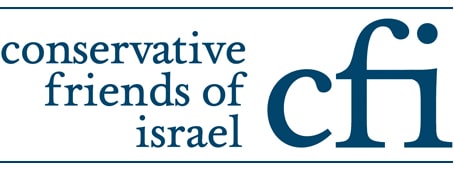 Following two years of negotiations, a formal nuclear agreement – the Joint Comprehensive Plan of Action – between Iran and the P5+1 was signed in Vienna on Tuesday.
Following two years of negotiations, a formal nuclear agreement – the Joint Comprehensive Plan of Action – between Iran and the P5+1 was signed in Vienna on Tuesday.
After the announcement, U.S. President Barack Obama underlined that the agreement is “built on verification”. However, the text of the agreement reveals that a number of key compromises were made by the P5+1 to achieve a breakthrough in negotiations.
Prime Minister David Cameron said: “Now we must ensure that this deal is fully implemented. There is a real opportunity for Iran to benefit from this agreement in terms of its economy but this will only happen if Iran delivers on all the agreed actions required to fully address international concerns about its programme. Of course, this agreement will not solve all the difficulties, especially between Iran and its neighbours”.
Under the deal, world powers will lift all nuclear-related economic sanctions, including oil embargoes and financial restrictions on Iran with immediate effect, rather than be lifted in phases. The lifting of sanctions will release an estimated $150 billion (£65 billion) of frozen Iranian assets – a crucial lifeline for the struggling Iranian economy.
Analysts have raised concerns that with the immediate lifting of sanctions, the P5+1 loses any leverage it retained over preventing Iran from breaching the terms of the nuclear deal. The sanctions regime – which had been carefully constructed over many years – and its major economic impact upon Iran, had been the reason for Iran coming to the negotiating table in the first place.
The deal stipulates that Iran will reduce its uranium enrichment capacity by two-thirds. All but 6,000 of Iran’s 19,500 centrifuges will be placed in storage, and will be monitored by the IAEA. The combined effect of these measures aims to place Iran an estimated 12 months away from obtaining enough weapon-grade uranium for one nuclear bomb.
Iran’s stockpile of low enriched uranium will be reduced to 300kg, a 96% reduction. It will achieve this reduction either by diluting it or shipping it out of the country.
However, limitations on some aspects of Iranian nuclear enrichment will be lifted after eight years.
The deal does not require Iran to dismantle its Arak heavy water reactor and plutonium production plant, and its secretive Fordow underground uranium enrichment facility, instead stating that these facilities will be converted.
A UN arms embargo on Iran, and restrictions on ballistic missile technology trade will continue for another five and eight years respectively.
It has also emerged, that as a result of the nuclear deal, Iranian Revolutionary Guards Corps-Quds Force Commander Qasem Soleimani, who is a U.S. listed terrorist, will have personal sanctions against him dropped.
US Congress has 60 days to review the deal, and if it votes to disapprove of it, President Obama has vowed to veto the rejection. It would require two thirds of lawmakers to override such a veto – an unlikely scenario.
The deal raises a number of key concerns, including: it leaves Iran with a vast nuclear infrastructure intact; the most important restrictions placed on Iran’s enrichment programme expire in a mere 10 years. Thirdly, sanctions relief will likely bolster financial support for Iran’s proxies in the Middle East – Hezbollah, Hamas, the Assad regime, and the Houthis in Yemen – further destabilising the region. Finally, the threat of a nuclear arms race in the region as a result of this deal remains.
Iran and the P5+1 have been participating in intensive talks about the Islamic Republic’s nuclear programme for the last few years to reach a negotiated, permanent nuclear agreement.
This concerted diplomatic effort follows the signing of the interim Joint Plan of Action (JPA) in November 2013, which was originally intended to allow six months of negotiations to reach a final agreement.

